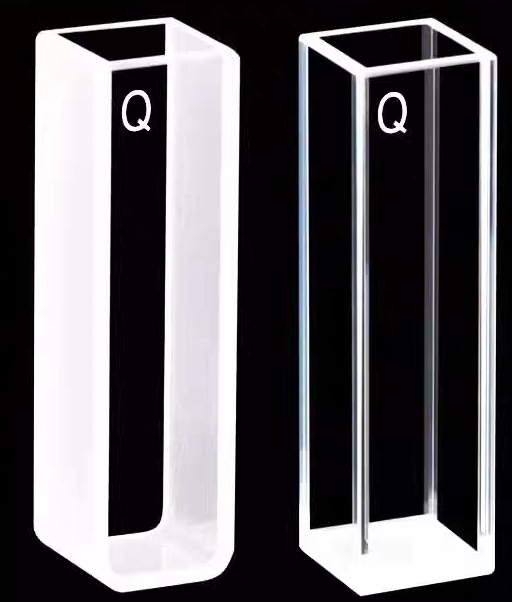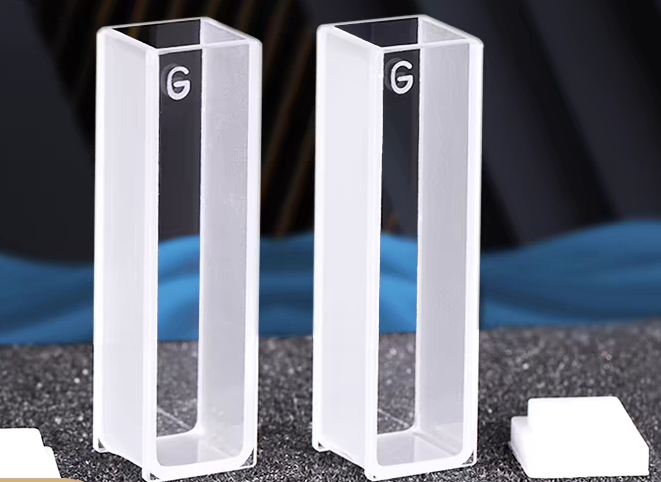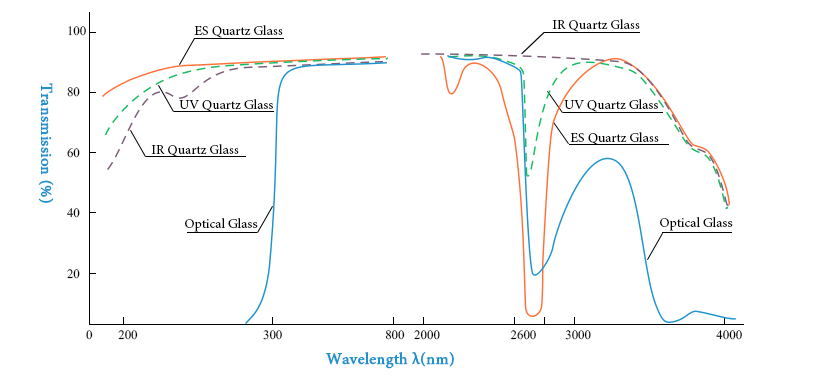Understanding the Differences Between Quartz and Glass Cuvettes: Applications and Identification Methods
Understanding the Differences Between Quartz and Glass Cuvettes: Applications and Identification Methods
When it comes to spectrophotometry, choosing the right cuvette is crucial for accurate measurements. Quartz cuvettes and glass cuvettes serve different purposes and have distinct characteristics that define their applications.
Applications of Quartz and Glass Cuvettes
Quartz Cuvettes:
Wavelength Range: Quartz cuvettes are essential for measurements in the ultraviolet (UV) region, specifically from 200 nm to 400 nm, as well as in the visible spectrum (400 nm to 700 nm).
Use Cases: They are ideal for applications that require UV light analysis, such as measuring ammonia nitrogen in water samples and other analytical chemistry tasks requiring high precision across a broad wavelength range.

Glass Cuvettes:
Wavelength Range: Glass cuvettes can be used in the visible light spectrum (400 nm to 700 nm) but are not suitable for UV measurements due to significant absorption in the UV region.
Use Cases: They are generally used for less sensitive measurements where the wavelength is greater than 400 nm. Glass cuvettes are more cost-effective, making them a popular choice for routine laboratory applications.

Wavelength Range of Quartz Cuvettes and Glass Cuvettes

Identification Methods for Quartz and Glass Cuvettes
Spectral Scanning: Place an empty cuvette in the spectrophotometer and scan from 200 nm to 300 nm. If there is absorption in this range, it indicates a glass cuvette; if there is no absorption, it is a quartz cuvette.
Cuvette Markings: Check for markings on the cuvette. Cuvettes labeled with "S" or "Q" indicate they are quartz. In UV comparisons, any cuvette exhibiting absorption is glass.
Directional Measurement: UV and visible cuvettes differ in design and use. UV measurements must be conducted with quartz cuvettes, which have a directional indicator (arrow) that should align with the light path. Measuring absorbance against the arrow direction may yield inconsistent results.
Absorbance Testing: Set the wavelength to 250 nm and read the absorbance without any sample. If the absorbance is less than 0.07 Abs, it is a quartz cuvette; otherwise, it is glass.
Light Transmission Test: Shine a light source, such as an incandescent bulb, through both cuvettes. The one with higher light transmission is the glass cuvette, while quartz may appear slightly cloudy.
Density Measurement: Utilizing Archimedes' principle, measure the density of both cuvettes. This can help differentiate between quartz and glass based on their respective densities.
Conclusion
In summary, quartz cuvettes are indispensable for UV-related applications and provide a wider wavelength range for various measurements. Glass cuvettes, while limited to the visible spectrum, are cost-effective for routine tests. As the demand for lab equipment increases, plastic cuvettes are also gaining popularity, particularly in Europe and North America, due to their affordability and durability, albeit with a narrower wavelength range compared to quartz.
When selecting a cuvette, understanding these differences is vital for obtaining accurate and reliable results in your spectrophotometric analyses. For any UV measurements, always opt for quartz cuvettes, while glass cuvettes can be utilized for visible light applications.
For more insights on laboratory equipment and their applications, stay tuned for our upcoming articles!



